Nissan V2G project in Germany shows results
A V2G pilot project launched in Hagen, Germany, in which a Nissan Leaf is used to stabilize the power supply as part of the primary control power has rendered results. The electric car can certainly earn money as part of the energy market.
“Using the vehicle, we offered eight kilowatts of power over the course of a week and earned 20 euros in the process,” explains Marcus Fendt, Managing Director of The Mobility House. According to the initiators, the premiere in Hagen opens up promising opportunities in the energy market. The pilot phase has now been completed and Nissan Leaf is in regular operation as a battery storage device.
A brief look back: In October, The Mobility House, ENERVIE, Amprion and Nissan announced a breakthrough in V2G technology. At the ENERVIE site in Hagen, they presented the Nissan Leaf, which for the first time is qualified in the style of a large power plant in accordance with all the regulatory requirements of a transmission grid operator (TSO). How exactly does this work? The bi-directional charging capability of the Nissan Leaf via the CHAdeMO connection turns the BEV into a mobile buffer storage. In combination with the intelligent charging and energy management technology of The Mobility House, the charging and discharging processes are controlled and monitored on the basis of the grid frequency.
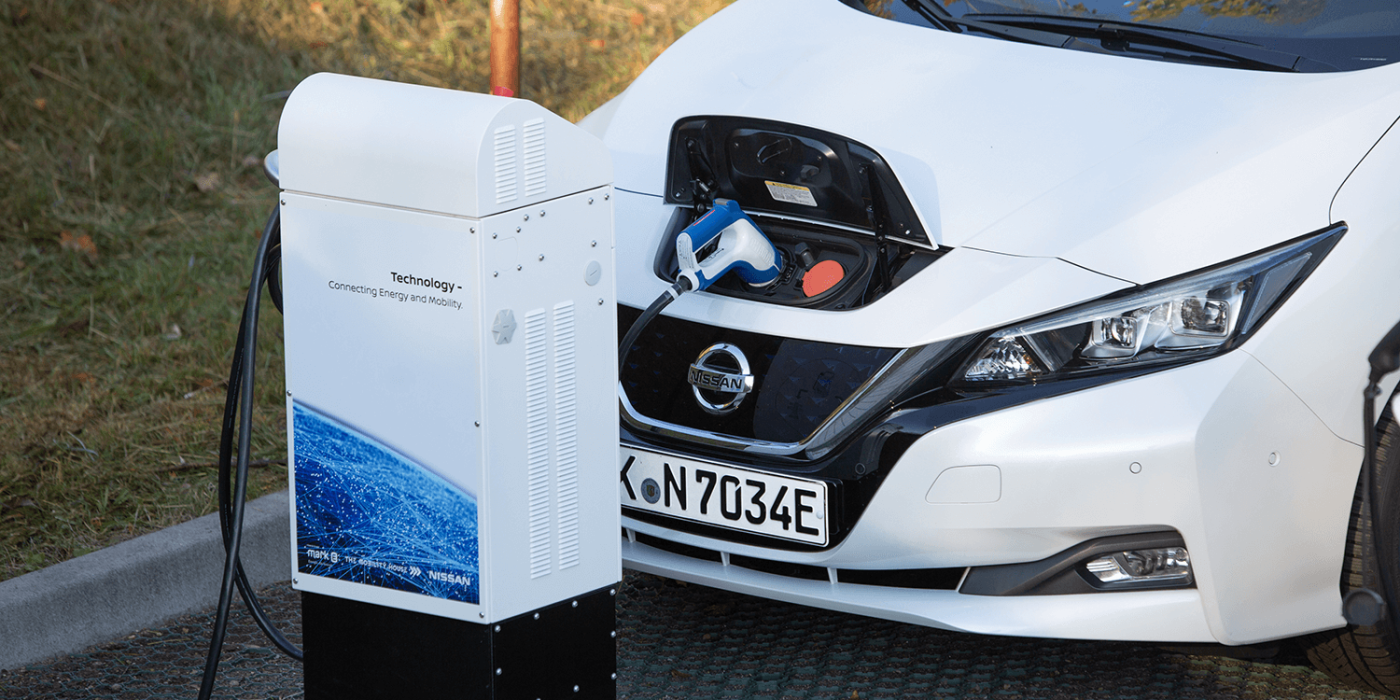
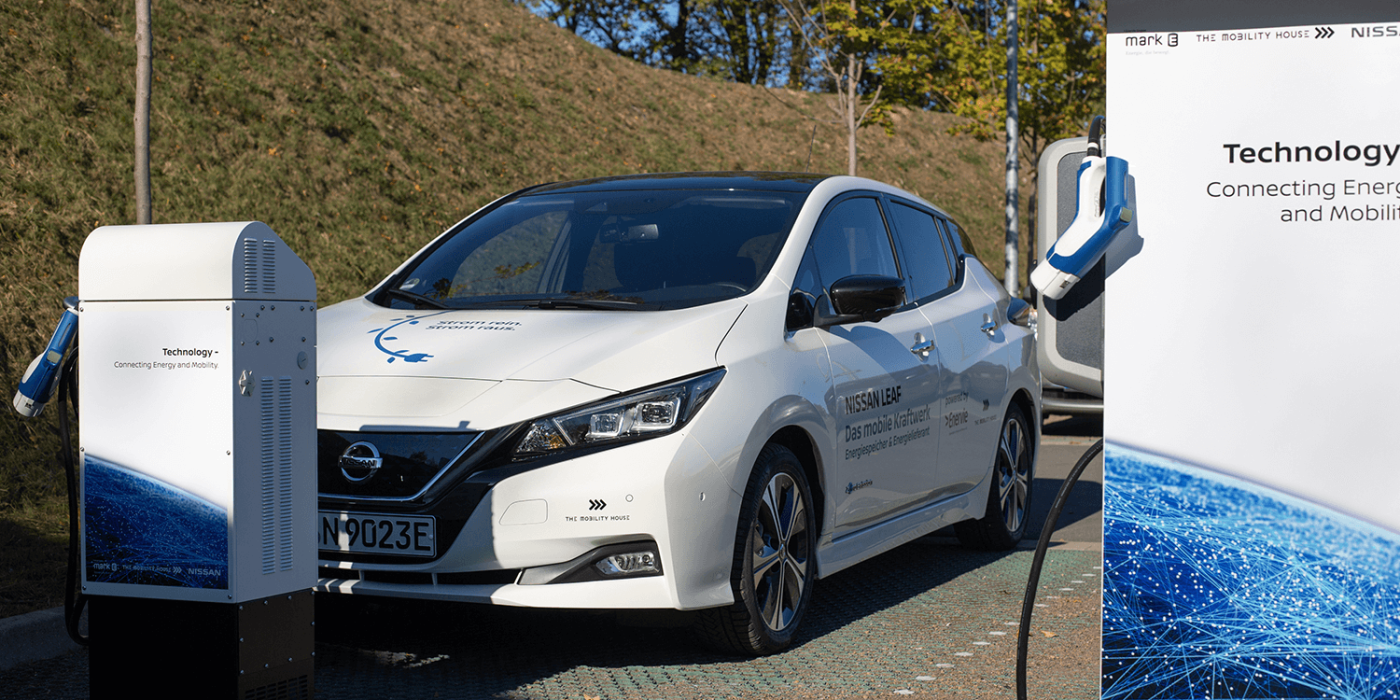
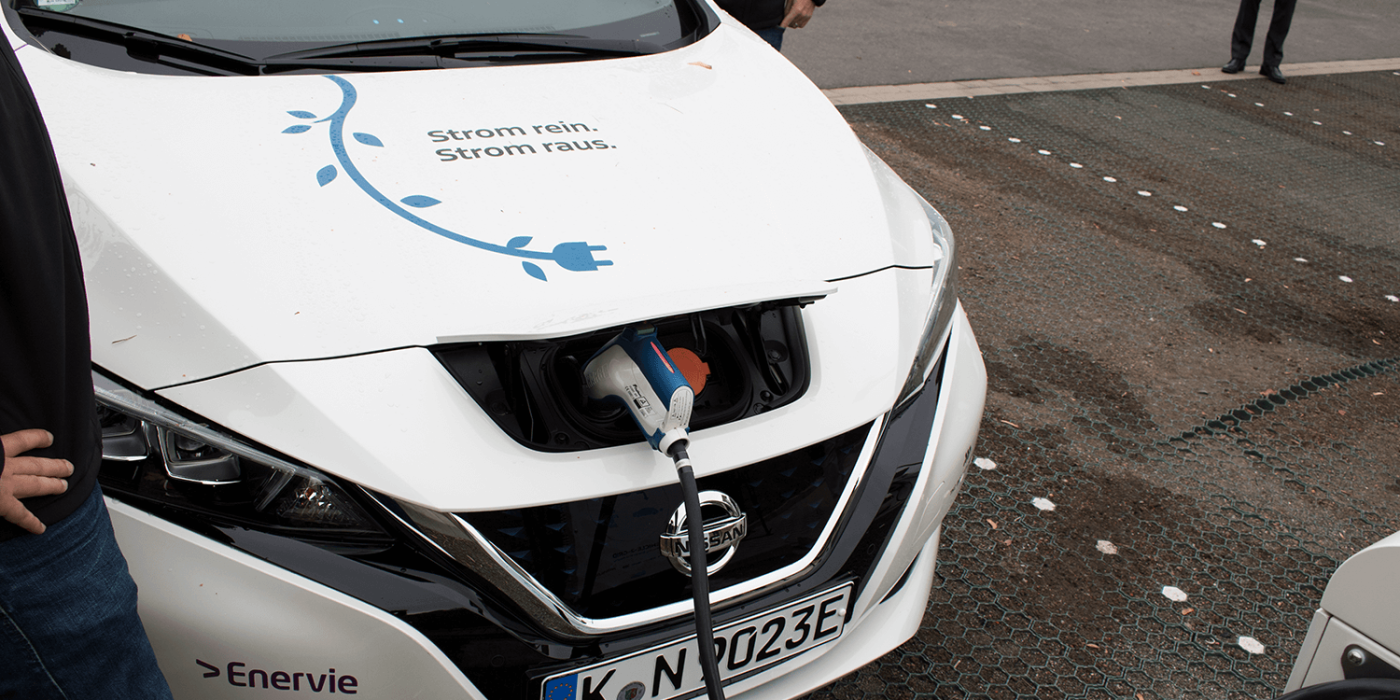
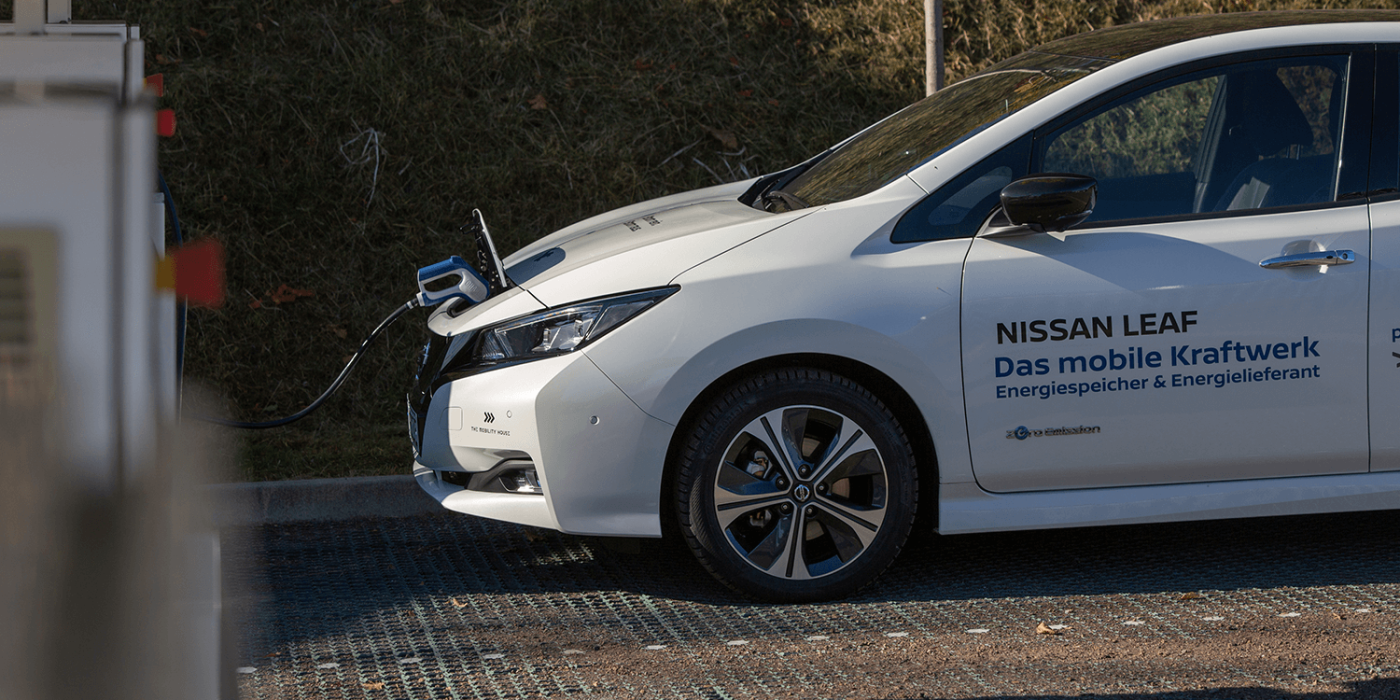
After several months of practical tests, the partners now state. An electric car can be integrated into the energy market and the owner can earn money. One can show that the integration of electric cars into the primary control power makes both technical and economic sense, according to the press release. In concrete terms, the electric car absorbs excess energy from the power grid or feeds it into the grid within seconds. The ability to react quickly is remunerated by the transmission system operators – this is how the revenue is generated.
Even if the 20 euros mentioned above have little effect, “at 50 weeks it would be 1,000 euros,” calculates Fendt. Moreover, it would only be one car. The initiators added that the V2G technology is particularly interesting for fleet operators. However, both the prices for the charging technology and regulatory hurdles are still obstacles, they admit. Meanwhile, they reject the notion that charging and discharging the battery more frequently shortens its service life: “In our collaboration with the Technical University of Munich, we have just demonstrated how charging management can positively impact battery life,” says Fendt.

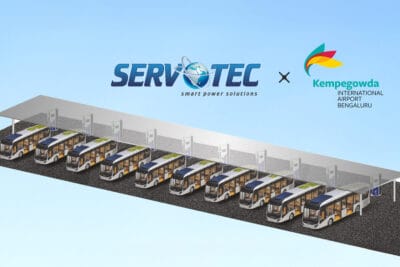
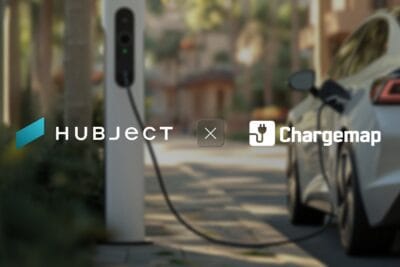
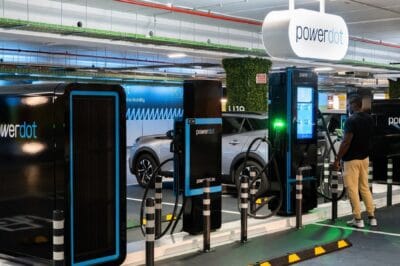
1 Comment